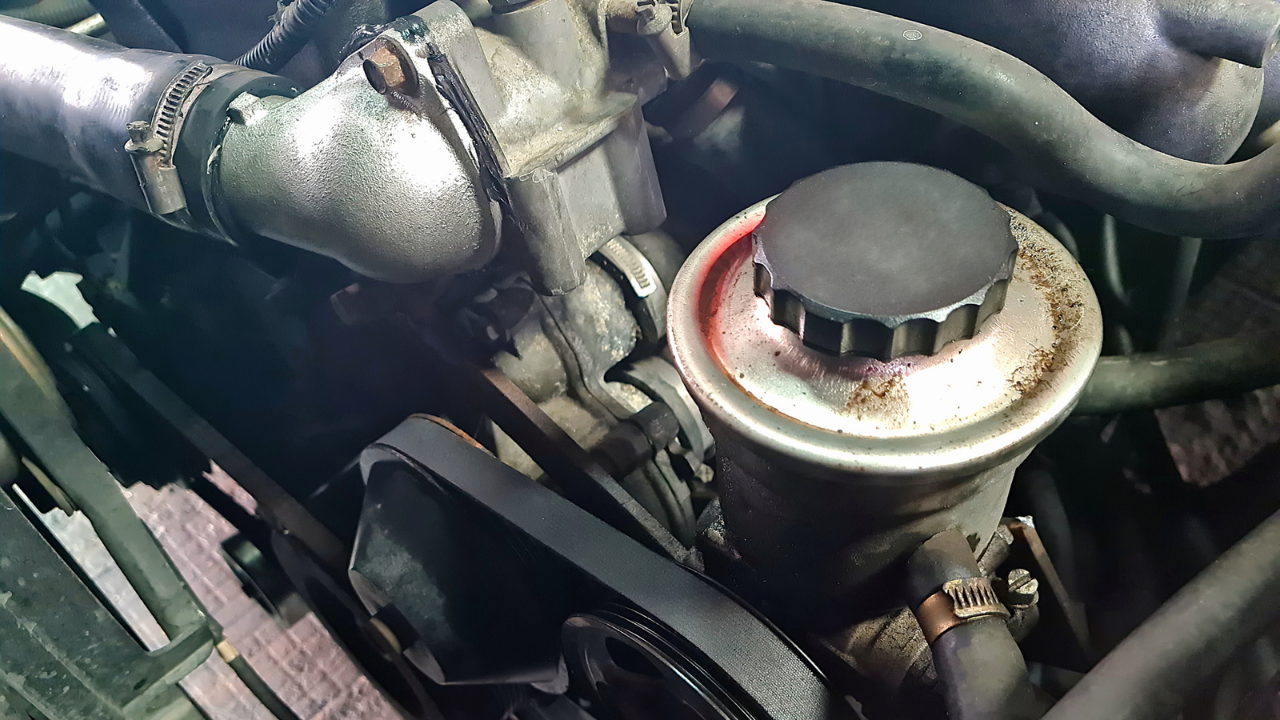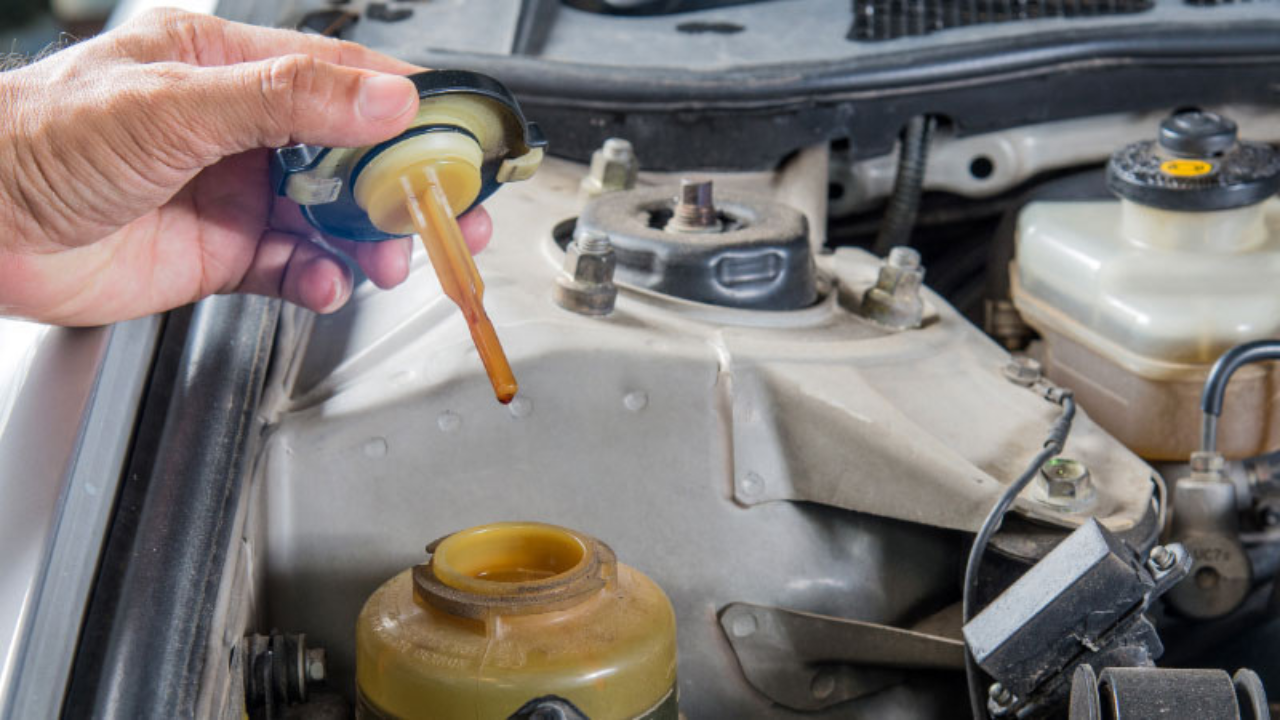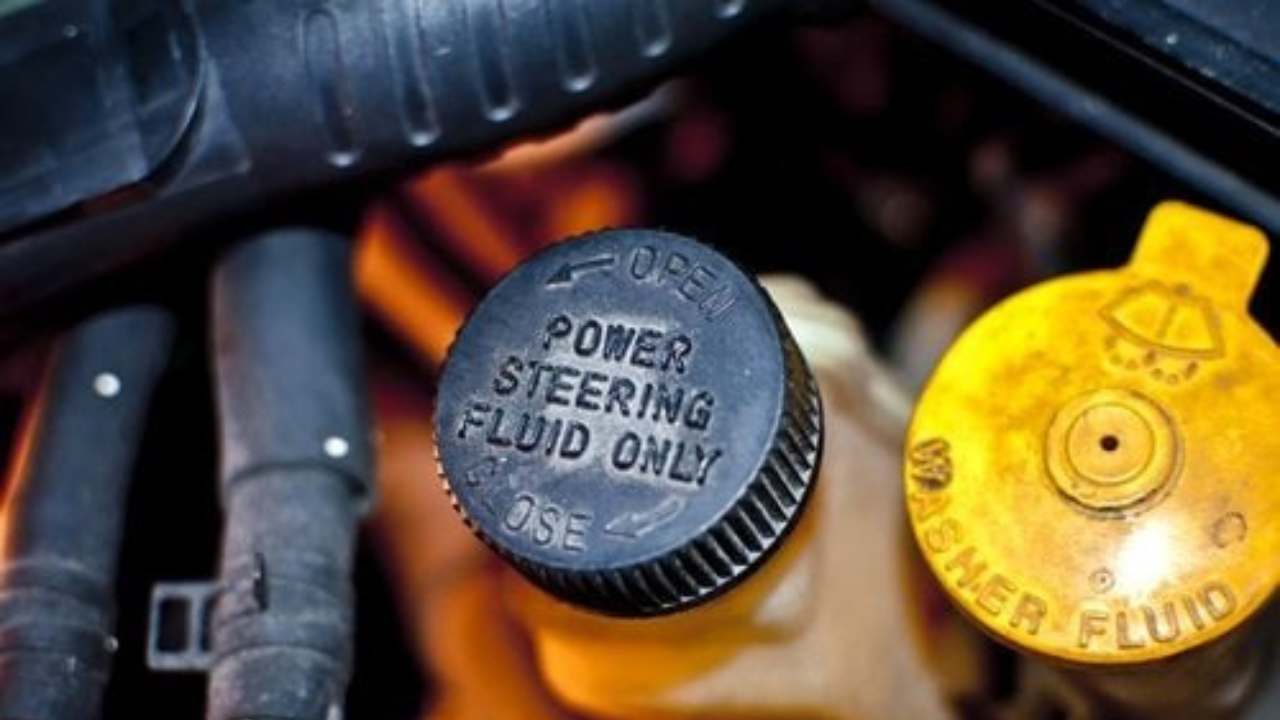Power steering is an essential component of a vehicle’s steering system, providing drivers with the ease and control necessary for safe and efficient manoeuvring. However, when a power steering leak occurs, it can be a major inconvenience and even a safety hazard. Ignoring this issue can lead to costly repairs and potential damage to other parts of the vehicle. Therefore, it is crucial to address a power steering leak as soon as it is detected.
In this article, we will discuss the common causes of power steering leaks and provide step-by-step instructions on how to fix them. Whether you are a seasoned mechanic or a novice car owner, our guide will equip you with the necessary knowledge and skills to tackle this problem and restore your power steering to its optimal functioning. By following our recommendations, you can save time and money and ensure the safety of yourself and your passengers while on the road. So, let’s dive into the world of power steering leaks and learn how to fix them effectively. Your car deserves the best. Take action now and fix that power steering leak today!
Locate and Identify the Leak

To effectively address a power steering leak, it is crucial to accurately locate and identify the source of the issue. Start by inspecting the power steering fluid reservoir and checking for any visible signs of leakage, such as wet spots or drips. Trace the fluid lines and hoses connected to the reservoir and examine them closely for any cracks, leaks, or loose connections.
Additionally, inspect the power steering pump, as it can be another common area for leaks to occur. Look for any signs of fluid accumulation or wetness around the pump housing. It is important to thoroughly examine all potential areas of leakage to ensure a proper fix and prevent further damage to the power steering system.
Determine the Best Repair Method

Once you have identified the source of the power steering leak, it is important to determine the best repair method for addressing the issue. The appropriate repair method will depend on several factors, including the severity and location of the leak, as well as the condition of the affected components. In some cases, a minor leak may only require tightening or replacing a faulty hose connection.
However, if the leak is more significant or located in a critical component such as the power steering pump or steering rack, a more comprehensive repair or replacement may be necessary. It is recommended to consult with a professional mechanic or technician who can assess the specific situation and provide expert guidance on the most effective and cost-efficient repair method. By determining the best repair approach, you can ensure a reliable and long-lasting solution to fix the power steering leak and restore optimal functionality to your vehicle’s steering system.
Prepare Necessary Tools and Materials
To successfully fix a power steering leak, it is essential to gather the necessary tools and materials beforehand. Having the right equipment will enable a smooth and efficient repair process. Some of the commonly required tools include a socket set, wrenches, pliers, a power steering pump pulley remover, and a power steering pressure tester.
Additionally, you will need specific materials such as power steering fluid, replacement hoses or seals, and a repair manual or guide for reference. It is crucial to ensure that you have the correct tools and materials for your specific vehicle make and model to avoid any complications during the repair. Proper preparation with the necessary tools and materials will help to streamline the power steering leak fix and contribute to a successful outcome.
Fix the Power Steering Leak

When attempting to fix a power steering leak, it is important to start by identifying the source of the leak. Inspect the power steering system thoroughly, including the hoses, pump, and steering rack, to pinpoint the exact location of the leak. Once the source has been determined, it is necessary to drain the power steering fluid from the system using a drain pan. Next, disconnect any necessary components, such as hoses or seals, and replace them with new ones to ensure a proper seal.
It may also be necessary to tighten any loose connections or replace the power steering pump if it is damaged. After all repairs have been made, refill the power steering system with the appropriate amount and type of power steering fluid. Finally, it is crucial to test the system for any remaining leaks or abnormalities before considering the repair complete. By following these steps and ensuring attention to detail, you can effectively fix a power steering leak and restore proper functionality to your vehicle’s power steering system.
Check for Any Remaining Leaks
To ensure a thorough power steering leak fix, it is crucial to check for any remaining leaks after completing the initial repairs. Begin by visually inspecting the power steering system, paying close attention to all recently replaced components and connections. Look for any signs of fluid accumulation or dripping. Additionally, use a clean cloth or paper towel to wipe down the areas where leaks are commonly found, such as the pump, hoses, and steering rack.
Observe the cloth for any signs of fresh power steering fluid. If any leaks or signs of leakage are detected, it is important to revisit the repair process and identify the source of the issue. Taking the time to check for any remaining leaks ensures a comprehensive fix and helps to avoid further damage or fluid loss.
Test the Steering Functionality
After completing the repairs and verifying the absence of any power steering leaks, the next step in the process is to test the steering functionality. This important step ensures that the power steering system is working properly and that the repairs have been successful. Start by turning on the engine and allowing it to idle. Gradually turn the steering wheel from lock to lock, checking for any stiffness, resistance, or unusual noises.
The steering movement should be smooth and effortless throughout the entire range. Additionally, while driving at different speeds, pay attention to how the vehicle responds to steering inputs. It should be easy to manoeuvre and maintain control. If any issues are detected during this testing phase, it is advisable to consult a professional to further investigate and address the problem. Testing the steering functionality is essential for ensuring the safety and reliability of the vehicle’s power steering system.
Consider Professional Repair Options
In some cases, despite your best efforts, fixing a power steering leak may prove to be challenging or beyond your level of expertise. When faced with such situations, it is crucial to consider professional repair options. Professional technicians possess the knowledge, experience, and specialised tools necessary to diagnose and fix complex power steering issues effectively. They can accurately identify the source of the leak, whether it be a faulty hose, pump, or other components, and recommend the most suitable repair solution.
While the cost of professional repairs may vary depending on the extent of the damage and the specific vehicle model, it is essential to weigh the potential expenses against the importance of a properly functioning power steering system. Opting for professional repair options can provide peace of mind, ensuring the problem is adequately addressed and minimizing the risk of further damage.
Budget for Potential Costs Involved
When considering the budget for potential costs involved in fixing a power steering leak, it is important to take into account several factors. First, the cost of replacement parts should be considered, such as the power steering pump, hoses, or seals that may need to be replaced. The prices of these components can vary depending on the make and model of the vehicle. Additionally, labor costs should be factored in, as the complexity of the repair and the hourly rate of the technician can impact the overall expenses.
It is also advisable to inquire about warranties or guarantees offered by the repair shop to ensure that any future issues related to the power steering system will be covered. While the specific costs may vary, conducting research, obtaining multiple quotes from reputable repair shops, and considering the long-term benefits of a reliable power steering system will assist in budgeting effectively for a power steering leak fix.
Summary
Overall, fixing a power steering leak may seem like a daunting task, but with the right tools and knowledge, it can be easily accomplished. By following the steps outlined in this post and regularly maintaining your vehicle’s power steering system, you can prevent costly repairs and ensure the safe and efficient operation of your car.
Remember to always consult a professional mechanic if you are unsure or uncomfortable with performing the repairs yourself. With proper care and maintenance, you can keep your power steering system running smoothly for many miles to come. Ready to roll without the leaky mess? Let’s fix that power steering issue together!

